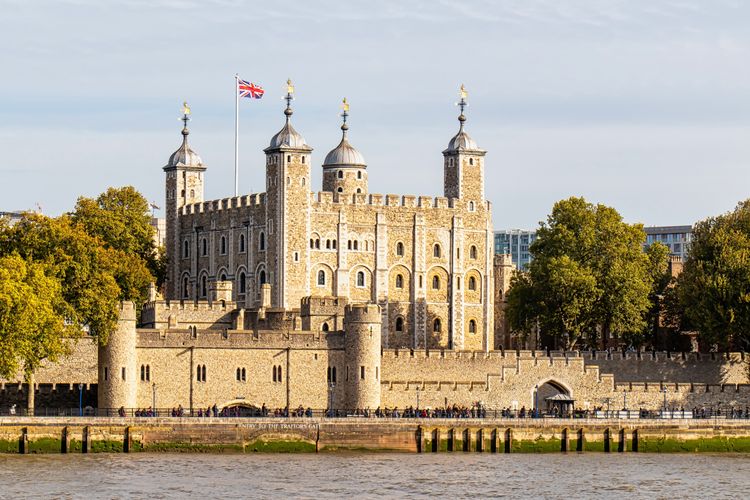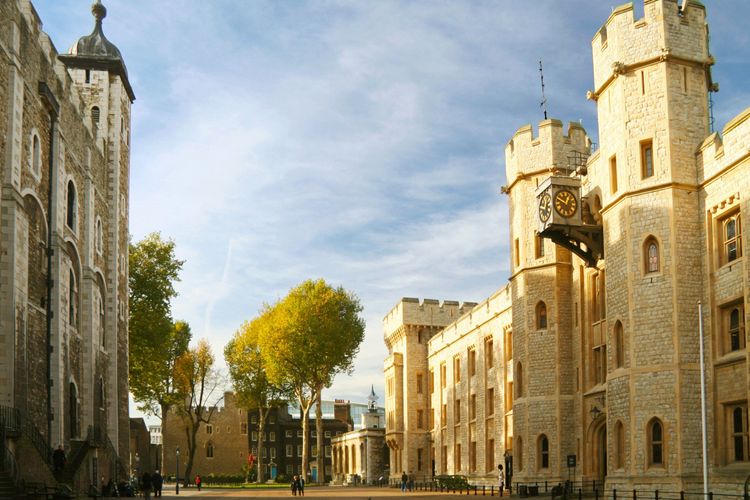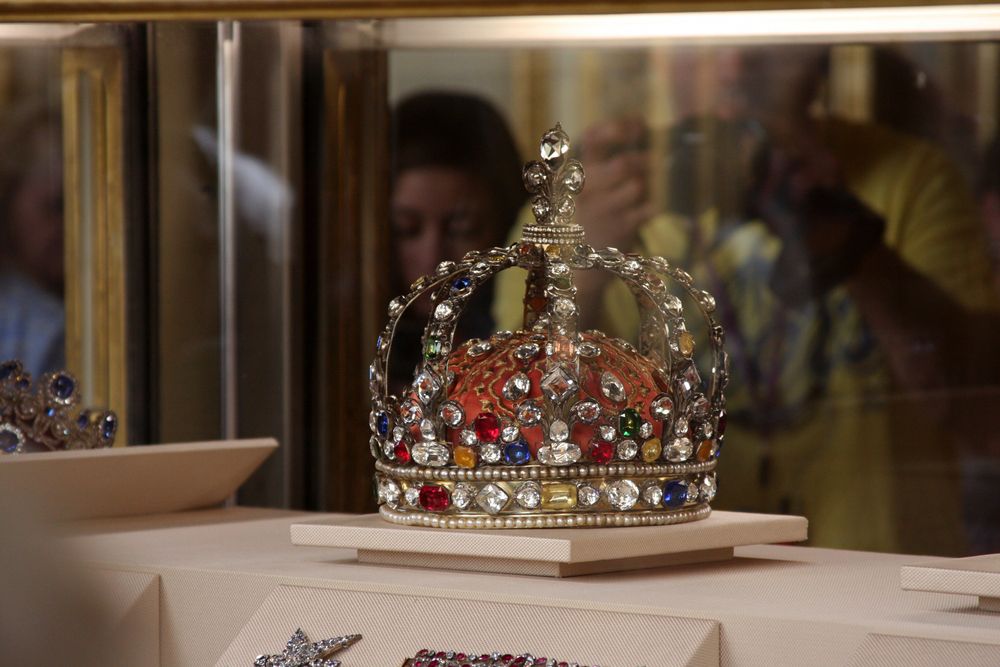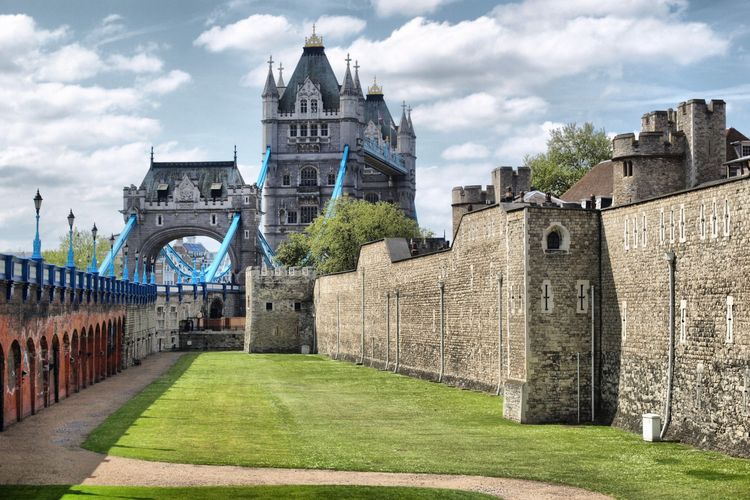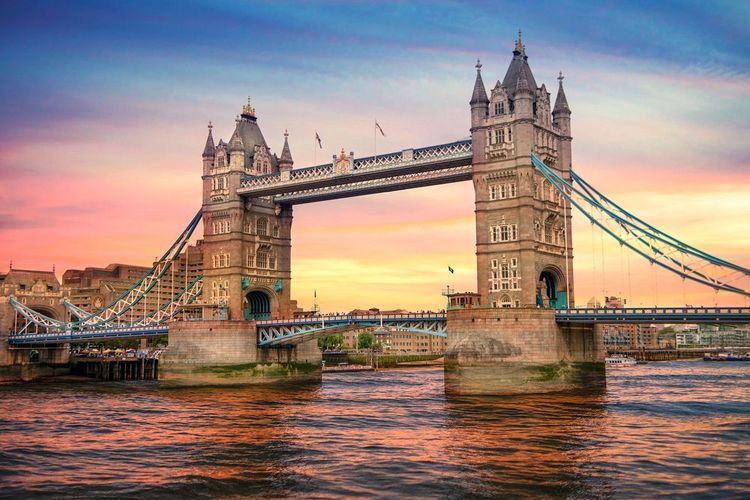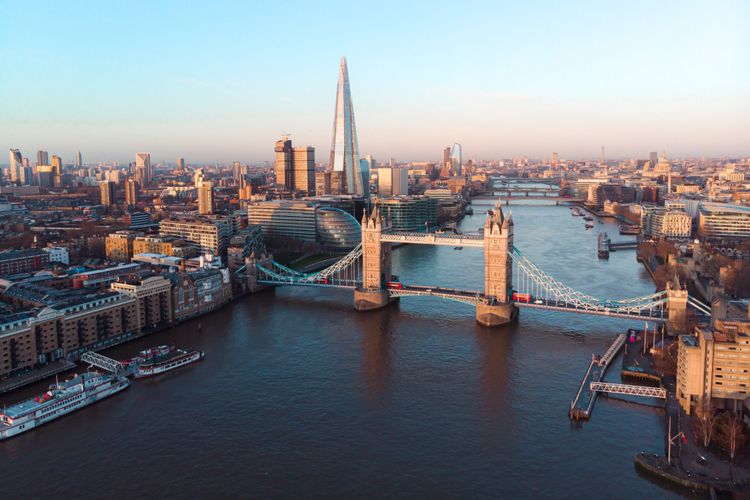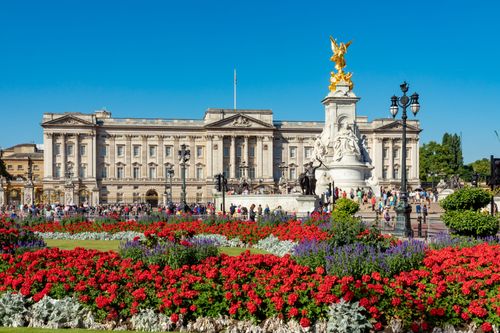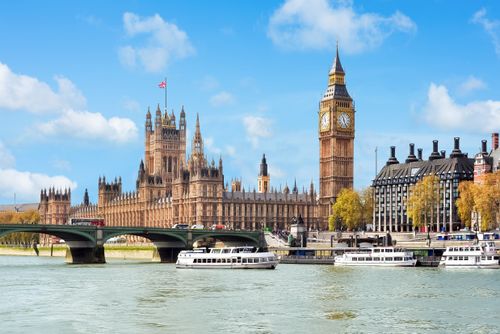When William the Conqueror entered the largest city in the United Kingdom, London, after his victory at the Battle of Hastings in 1066, he did not fail to build a castle to counter "the unrest of the large and brutal population. For he considered it of the utmost importance to intimidate the Londoners".
The exact date on which work began is uncertain, but 1078 is generally thought to be the year. Originally, the Tower of London was a keep, built of wood and then renovated with stone, known as the White Tower. After various phases of expansion lasting until the 13th century, the general layout of the Tower of London has not changed since.
